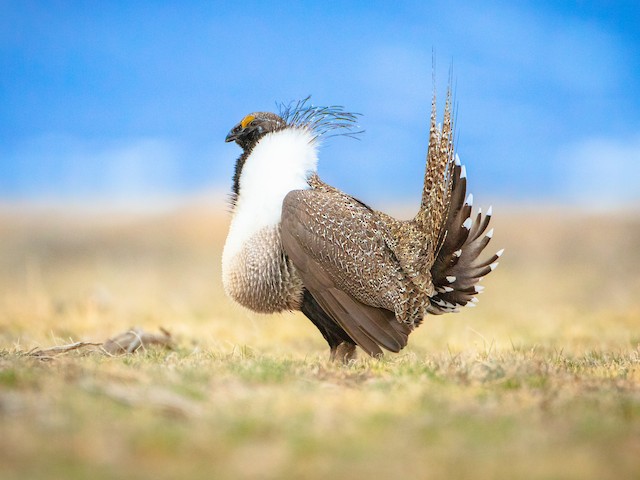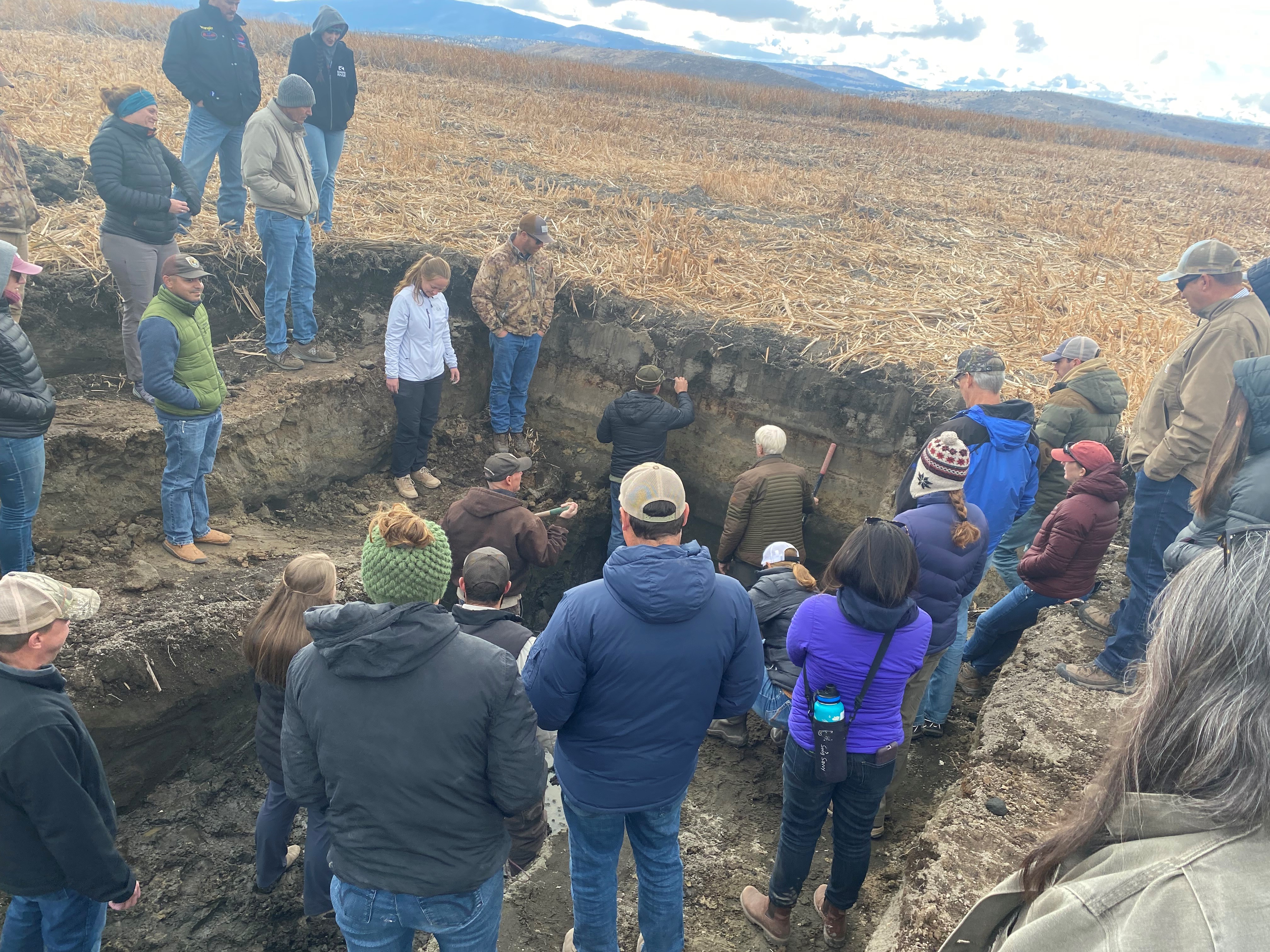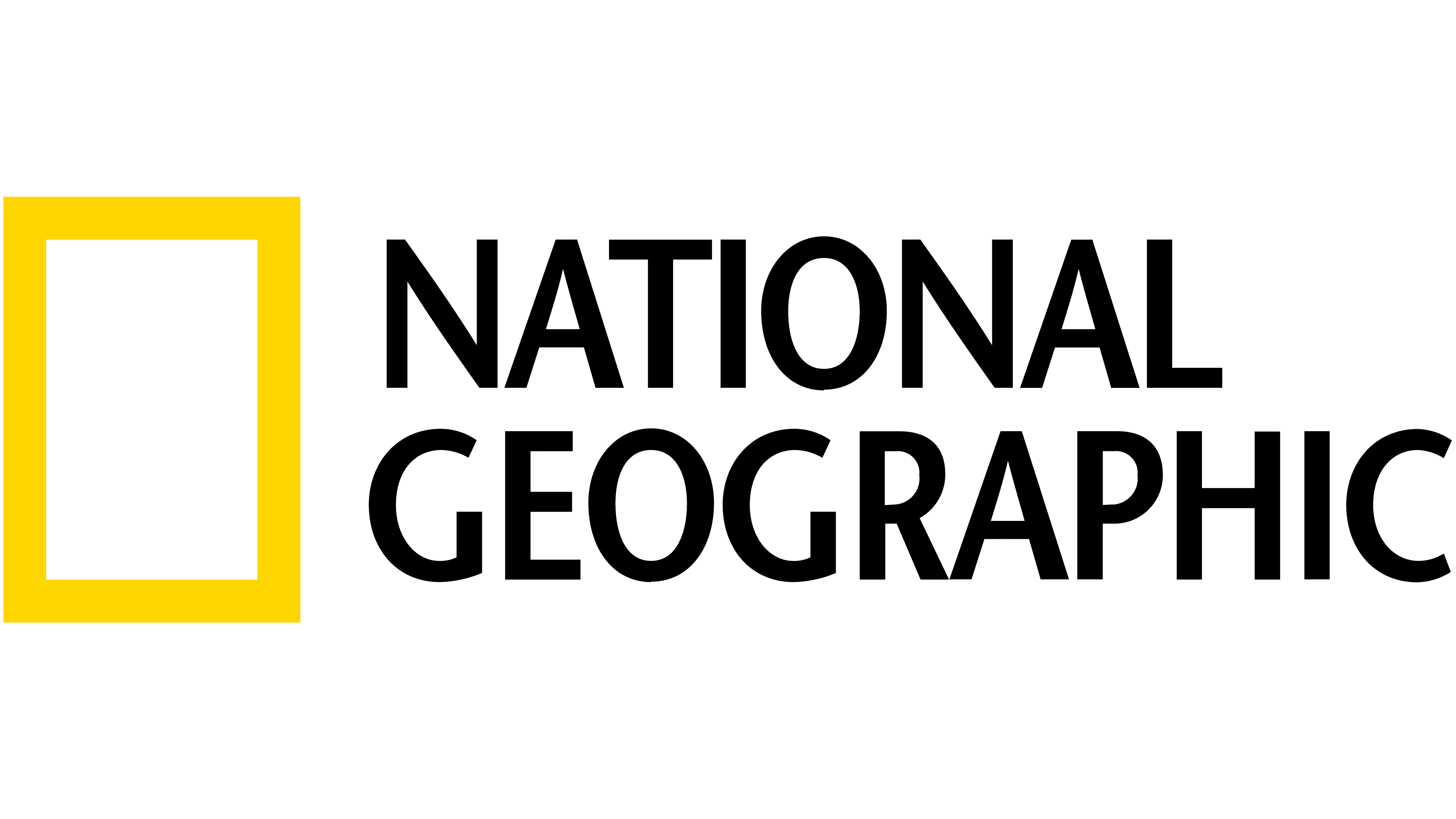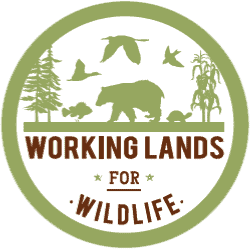Our
Focus
Monitoring Ecosystem
Health with Wildlife
My primary interest is the use of umbrella species to measure the outcomes of efforts to restore ecosystems. Specifically, my work has centered around two grouse species (lesser prairie-chicken and greater sage-grouse) that require spatio-temporal heterogeneity in vegetation communities at broad scales to satisfy their life history needs. If the diverse needs of these species are being met through conservation and restoration then the broader suite of fauna and flora in these regions benefit. Another component of this work examines the “working lands” aspect of these landscapes, and seeks to find land-use practices (primarily agricultural) that are sustainable in the context of the system, species, and those using it. Thus, using rigorous field studies (e.g., GPS-PTT tracking technology) we measure changes in space use, resource selection, and demographic rates of birds to assess the effectiveness of various conservation actions to restore ecosystem function.
More recently, I have begun work in the wetlands of the Klamath Basin and the National Wildlife Refuge Complex therein, examining the importance of these emergent wetland systems to breeding waterbirds (e.g., yellow rail) and other ecosystem services. Additionally, my work has expanded to examine different mitigation measures for raptor collision and mortality as it relates to alternative energy production and electric transmission. Finally, my work seeks to translate the science to the practitioner, landowner, and public at large to illustrate how these majestic birds are a barometer that we should not only heed but enjoy.

Umbrella Species
If the diverse needs of these species are being met through conservation and restoration then the broader suite of fauna and flora in these regions benefit. Another component of our work examines the “working lands” aspect of these landscapes, and seeks to find land-use practices (primarily agricultural) that are sustainable in the context of the system, species, and those using it. Thus, using rigorous field studies (e.g., GPS-PTT tracking technology) we measure changes in space use, resource selection, and demographic rates of birds to assess the effectiveness of various conservation actions to restore ecosystem function.
Working Lands & Co-produced science
The foundation of our research is one of co-produced science that has led directly to actionable knowledge and coupling wildlife resources with human dimensions in working landscapes. Our research has always been practical and strives to be proactive in tackling imminent natural resource issues, including the effects wildfire and invasive grasses, juniper encroachment and its removal on space use and demography of wildlife in upland systems.
One example of co-produced science has been my work with Bureau of Land Management and the Natural Resource Conservation Service regarding native tree (i.e., juniper and mesquite) invasions and their impacts on grassland-shrubland obligate wildlife and ecosystem services. We have identified ecological thresholds to improve targeting conservation actions, and have quantified measurable biological outcomes from the removal of these trees at both local and regional scales. These biological outcomes have been coupled with the social and economic benefits, creating greater certainty and long-term sustainability to rural economies and the rangelands upon which they depend. Additionally, federal agencies now use these biological thresholds to target funding and watershed scale actions


Creating Understanding
As scientists, we often tend to fall short on conveying the story of our research outside of the peer-reviewed world. One of the greatest learning experiences for us has been developing effective outreach and education products. Converting the peer-reviewed literature to a medium that practitioners and the public can readily access is paramount to making actionable-science. Our lab has designed multi-media resources (e.g., videos, print, Instagram, etc.,) and workshops with the goal to improve general education and implementation of our applied science.

In Summary
In our view, we need science to help guide future restoration efforts to the places that are likely to have the largest ecological impact. It is our goal and hope to identify those areas of highest restoration priority so that we can give these rare and amazing species the chance they deserve.
The
Biologist
Behind it
Christian Hagen has been involved in wildlife conservation science for 27 years. He has developed and implemented field based research aimed at disentangling critical conservation issues of our time.



